#Edo history
Explore tagged Tumblr posts
Text
The Symbolic Significance of Brass Roosters in Benin Ancestral Altars
The brass rooster holds a significant place in the cultural and spiritual landscape of Benin. Crafted with meticulous attention to detail, these roosters are not merely decorative objects but rather powerful symbols deeply intertwined with the region’s ancestral altars. In Benin, the rooster embodies various layers of meaning, transcending its physical form. As a creature associated with the…
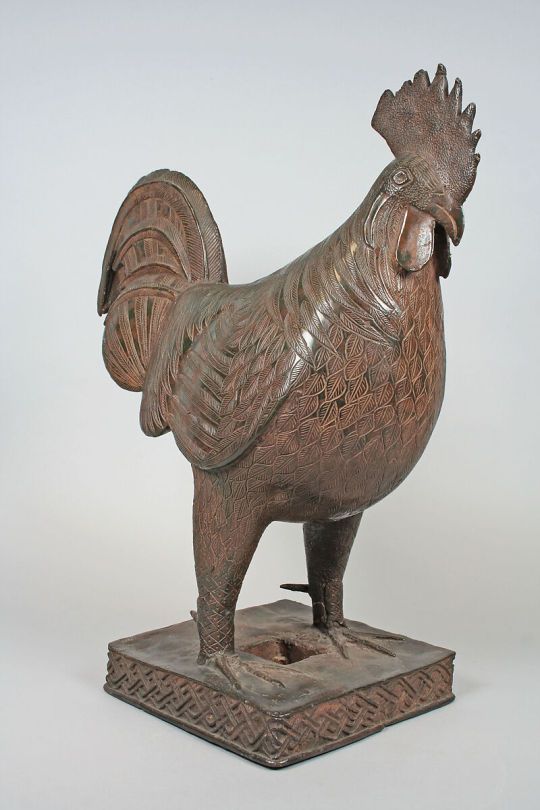
View On WordPress
#African Art#African artifact#African History#brass rooster#Edo history#The Symbolic Significance of Brass Roosters in Benin Ancestral Altars#West African#West African history
1 note
·
View note
Text

Flowers and Insects, Yamamoto Baiitsu, 1836
#art#art history#Yamamoto Baiitsu#Asian art#Japan#Japanese art#East Asia#East Asian art#floral painting#flowers#insects#Edo period#19th century art#Nomura Art Museum
2K notes
·
View notes
Text

Edo period types of hakama pants, fantastic chart by Edo-lover Nadeshico Rin. You can see here from left to right, top to bottom:
Fundomi hakama 踏込袴 - pants with a narrow bottom hem, a type of nobakama (see below)
Tattsuke hakama 裁付袴 - pants tight below the knee, sometimes refered as "ninja pants" (= Iga hakama). Those were worn by many, from samurai to servants and craftmen.
Umanoribakama 馬乗袴 - lit. "riding pants", wide hakama with high gusset split legs for confortable horse riding.
Nagabakama 長袴 - formal trailing hakama worn by samurai from late Muromachi era.
Andonbakama - skirt-like hakama worn by Meiji period female teachers and students (hence why it's sometimes called onna bakama). A boy version appeared after mid-Meiji.
Yamabakama 山袴 - daily-life work pants with narrow legs and sometimes a gathered bottom hem. Name greatly varies depending on areas and time. A direct descendant of this style are women's monpe もんぺ.
Nobakama 野袴 - shorter hakama with black velvet hem, worn by travelling samurai. It was also part of firefighters' gear.
Hirabakama 平袴 - the "classic" ankle lenght men hakama pants, with a low gusset which means it looks nice when sitting (tailoring is hence different from the umanori, see above). Also called hanbakama 半袴, those were longer than the ancient kobakama 小袴 and shorter than formal trailing nagabakama (see above).
#japan#historical fashion#fashion history#ressources#hakama#hakama pants#references#edo period#edo era#nadeshico rin#Fundomi hakama#Tattsuke hakama#Iga hakama#Umanoribakama#Nagabakama#Andonbakama#Yamabakama#monpe#Nobakama#Hirabakama#hanbakama#kobakama#japanese pants#着物#袴
1K notes
·
View notes
Text
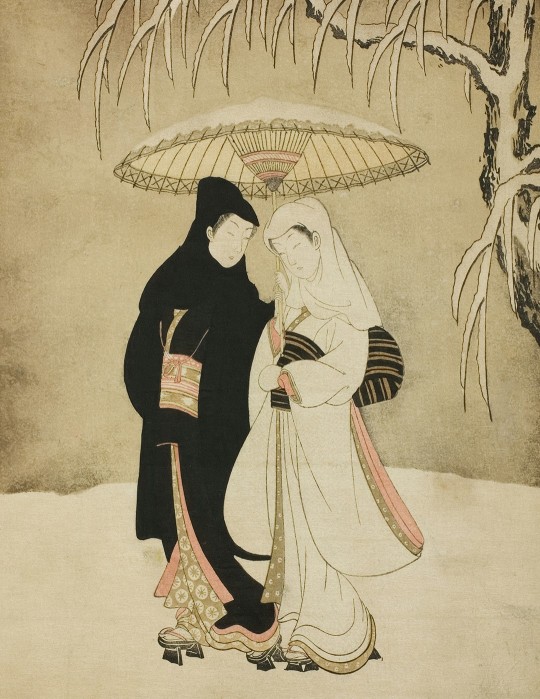
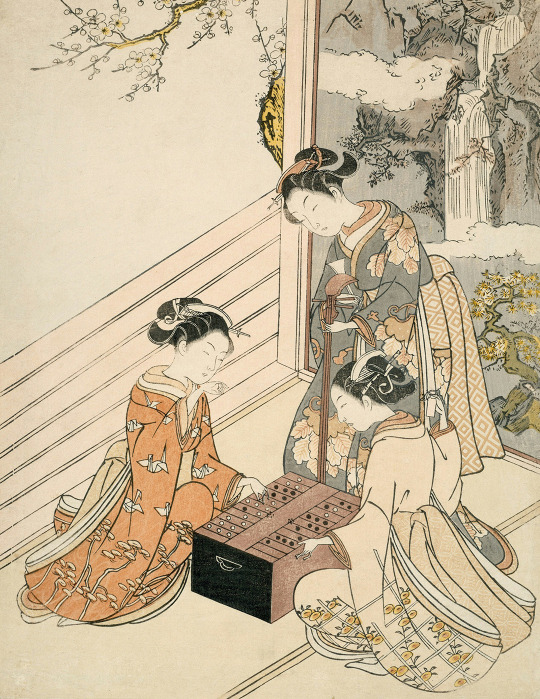
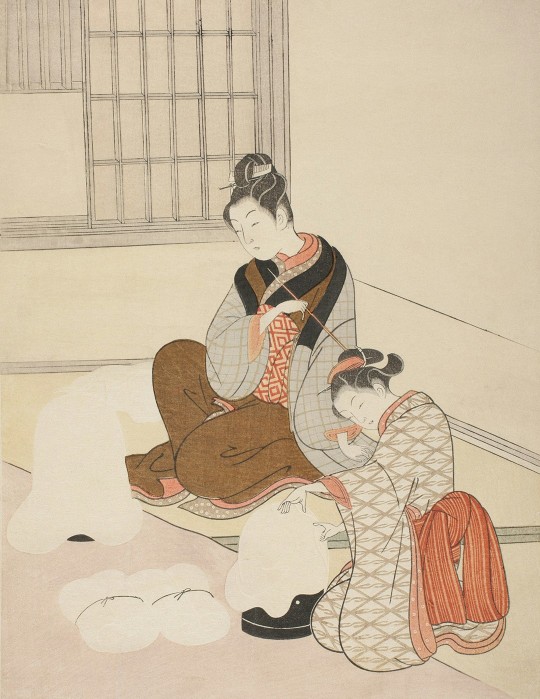
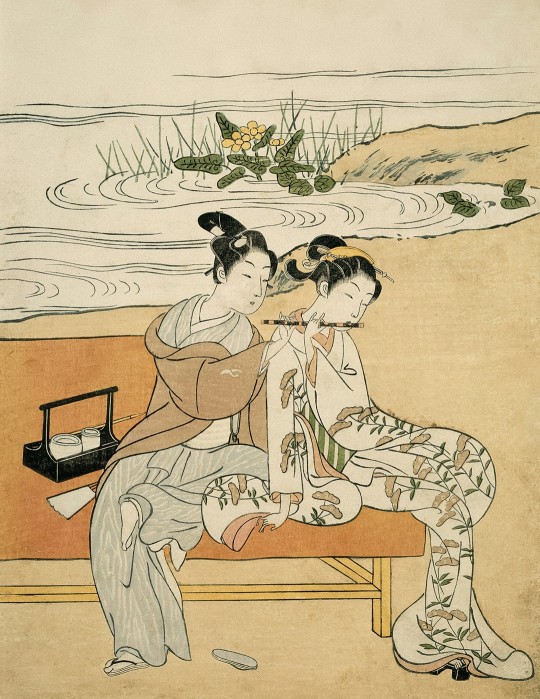
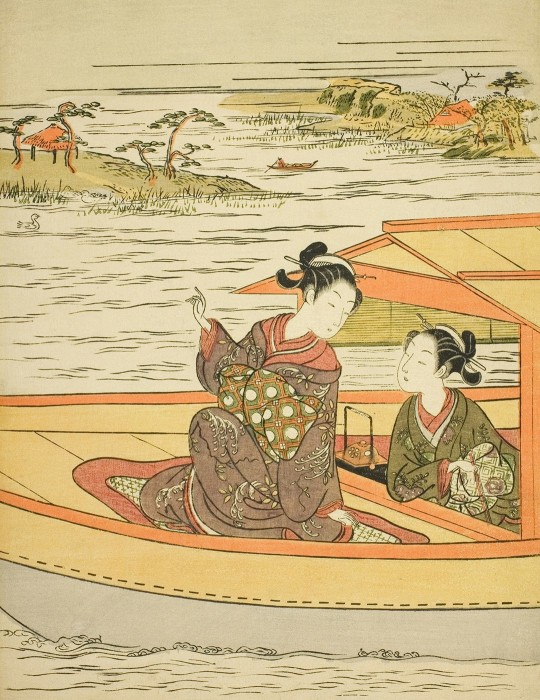
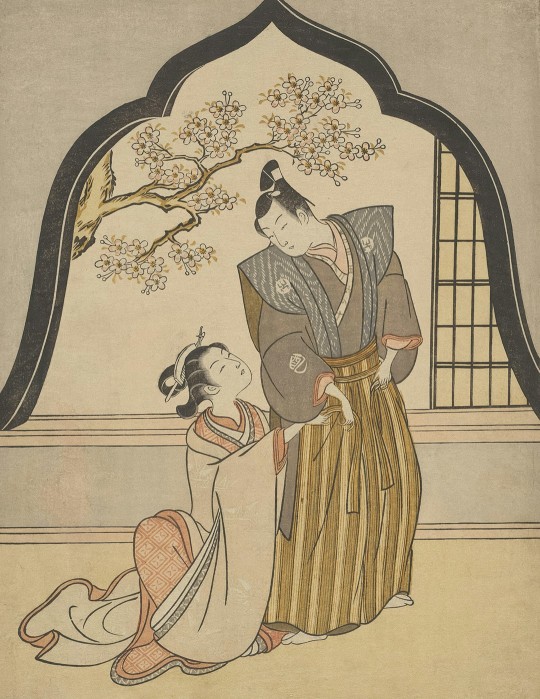
Woodblock prints (1700s) by Suzuki Harunobu
#suzuki harunobu#鈴木 春信#woodblock print#japanese woodblock#ukiyo e#nishiki-e#art#japanese art#japanese history#japanese art history#genre art#1700s#18th century#18th century art#art history#color woodblock print#edo period#💮💮#curators on tumblr
457 notes
·
View notes
Text

Wedding Kimono (Uchikake)
Chiba Prefecture, Japan
c.1850 (Edo Period)
Denver Art Museum
#wedding kimono#wedding#uchikake#fashion history#historical fashion#non western fashion#1850s#edo period#19th century#blue#silk#embroidery#denver art museum
743 notes
·
View notes
Text
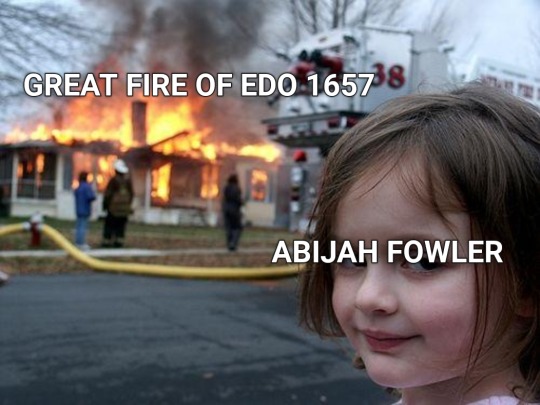
This "man" was having the time of his life
#blue eyed samurai#blue eyed samurai mizu#blue eyed samurai abijah fowler#blue eyed samurai taigen#the great fire of edo#japanese history#great fire of meireki
845 notes
·
View notes
Text
Penacony.
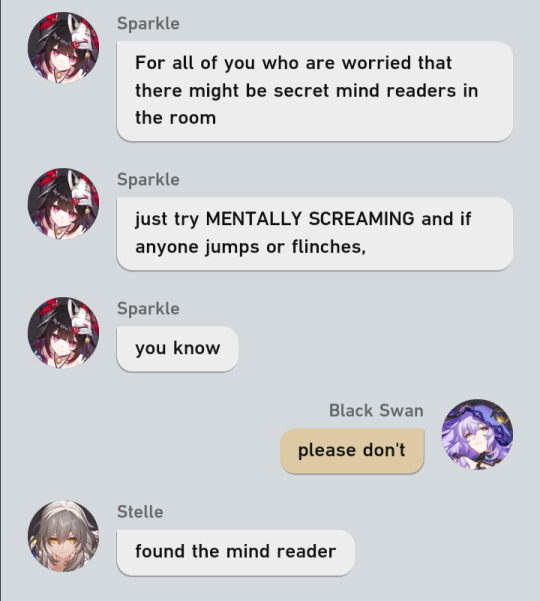
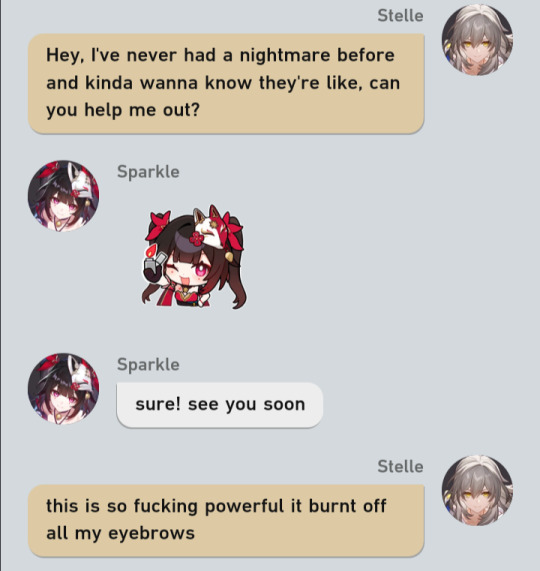
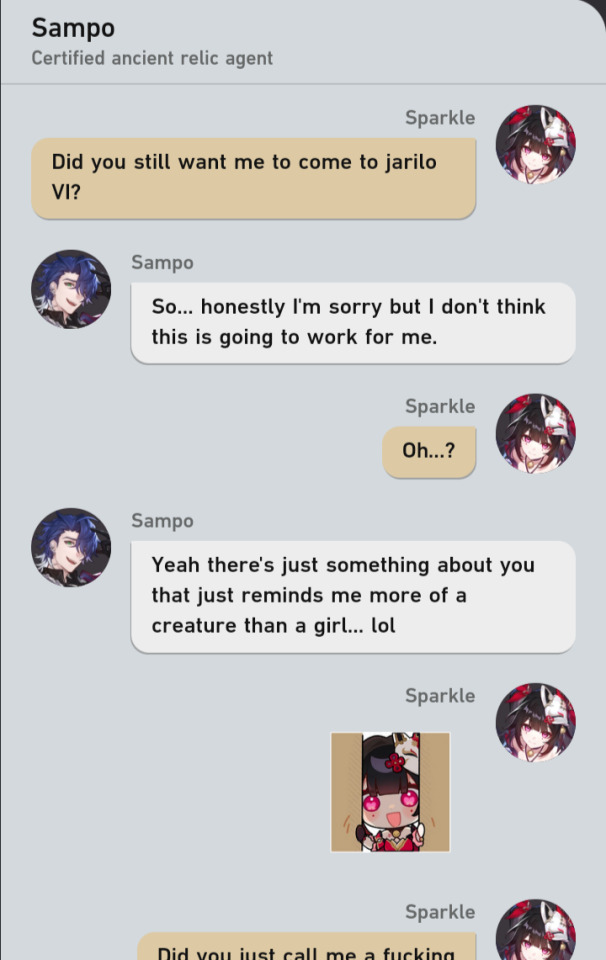


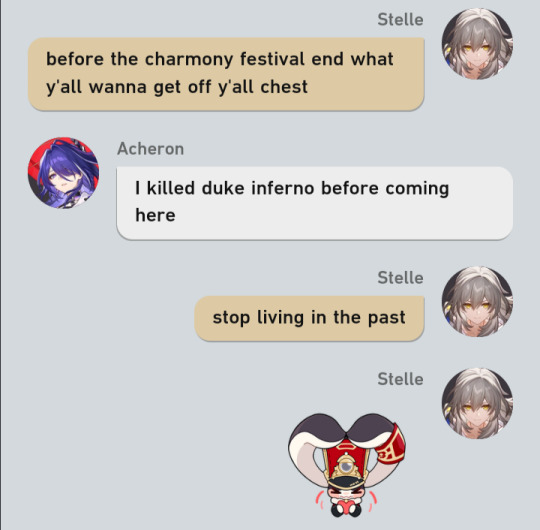



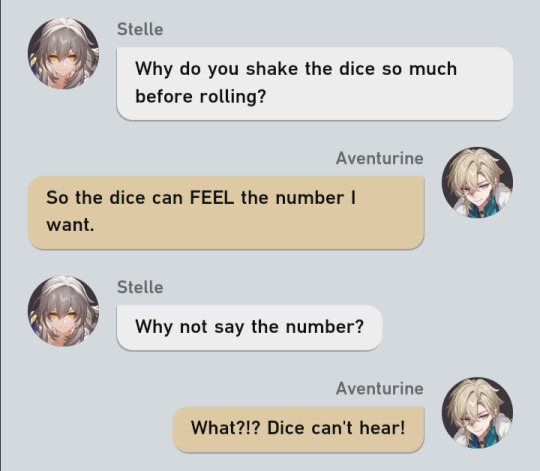


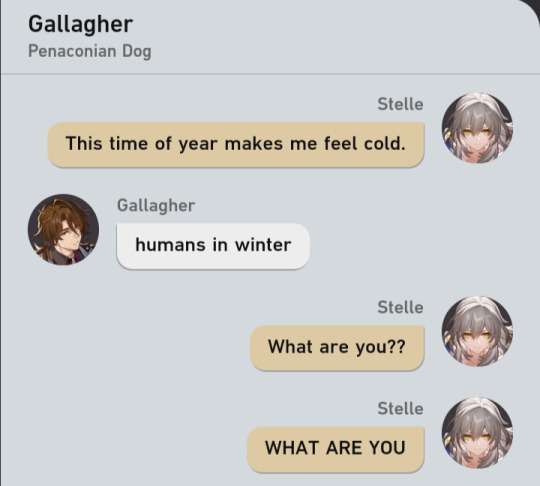


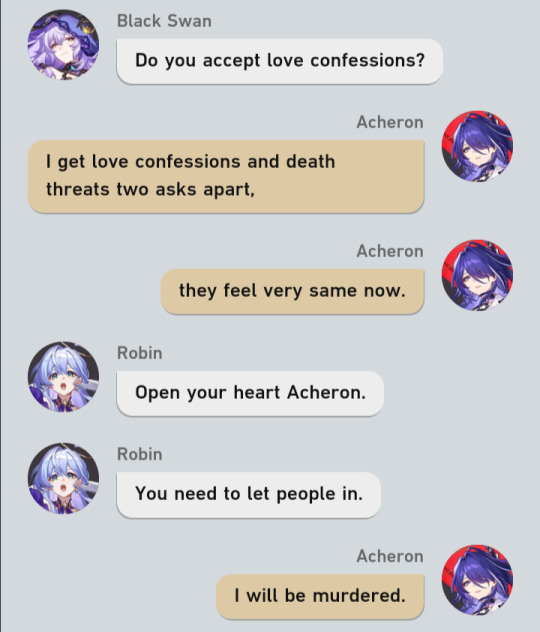

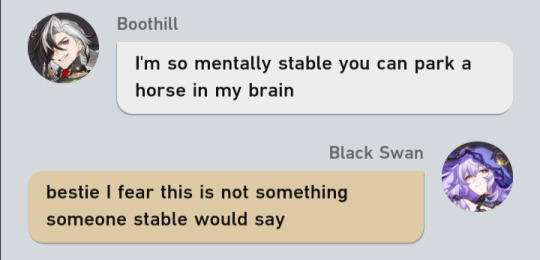


more from the post looooop:
#okay did this one in order of plot references from start of penacony to latest info#turns out i have too many of these for one post so i cut it down to mostly plot relevance.#im scared what is gonna happen next. plz firefly don't dieeeee#also i am guessing that our next full on new location is gonna be an ipc onw#because we are getting suddenly a LOT of ipc lore and 3 whole ass members are playable#and while it was in the illusion ending im gonna guess that if sunday lives then he's gonna go on that trial still#but that secret robin mission makes me scared#my other guesses are going to be one of the 3 locations we were asked on#i really want lushaka but its likely edo star if that's how we're going about this#but I'd really like to see glamoth (i know im ranting about it again) or sigonia bc those places have really interesting history#of course i want places like punklorde but like a lead into those aren't set yet.#i also wonder about that steampunk planet penacony was originally going to be.#sooo much to thiinnkkk#honkai star rail#honkai star rail memes#hsr sparkle#hsr black swan#hsr trailblazer#hsr stelle#hsr sampo#hsr acheron#hsr aventurine#hsr topaz#hsr dr ratio#hsr gallagher#hsr robin#hsr acheswan#hsr boothill#hsr jade#hsr firefly
162 notes
·
View notes
Text

In a study in contrasts, a slimy snail and a prickly winged insect share page 238 of Ms. Codex 3, three volumes of paintings or hand-colored sketches depicting mainly insects, fish and other marine life, birds and flowers. We don't know much about these books except that they were made in Japan, probably in the 19th century. If you know more, let us know!
🔗:
#manuscript#japanese#japan#art#art history#illustration#drawings#sketches#paintings#insect#wasp#snail#19th century#edo period#book history#rare books
87 notes
·
View notes
Text



Court Sword from Japan dated to the 19th Century on display at the Royal Armouries in Leeds, England
This Tachi style sword was worn for court to display and is an archaic style derived from China using flowers and foliage as decoration. Such weapons would most likely not be used for combat but as an indication of wealth and rank in court amongst other nobility.
Photographs taken by myself 2024
#military history#art#sword#japan#japanese#19th century#edo period#tokugawan shogunate#royal armouries#leeds#barbucomedie
74 notes
·
View notes
Text


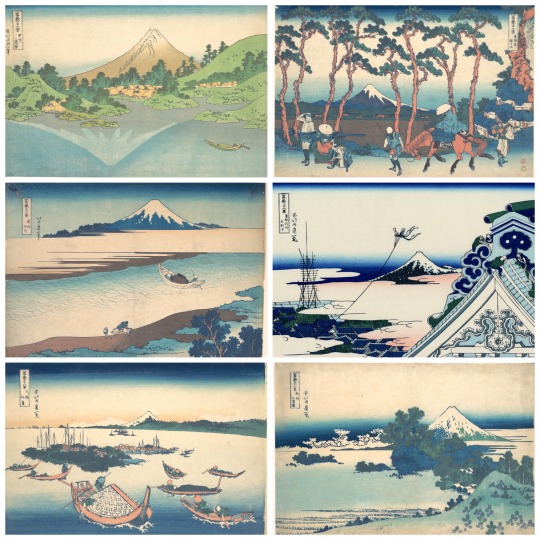
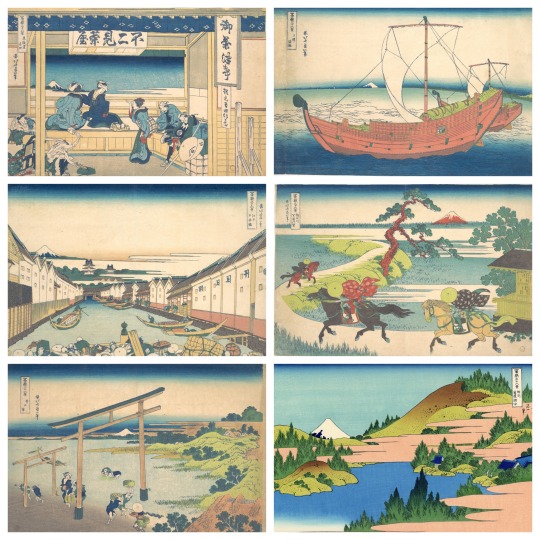
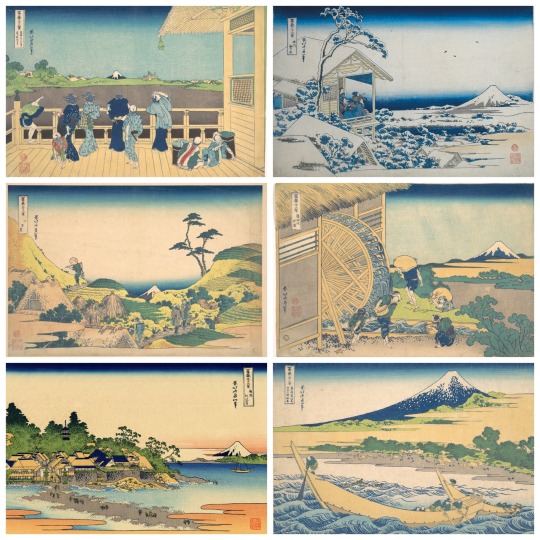
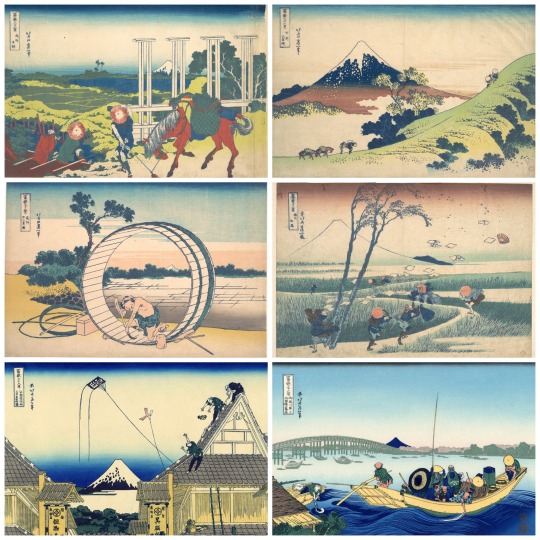
Katsushika Hokusai
Thirty-six Views of Mount Fuji (details)
c. 1830-1832
#hokusai#japanese woodblock#mt. fuji#woodblock print#japanese print#japanese art#japan beauty#japanese prints#print making#asian art#art history#the great wave#katsushika hokusai#woodblock art#woodcut#edo era#edo print#edo period#japan#japanese#japanese history#japanese artist
420 notes
·
View notes
Photo
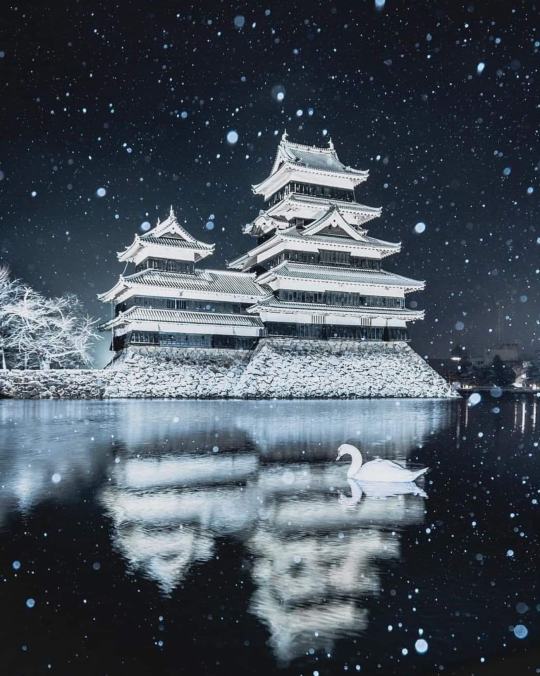
Fukashi Castle, Matsumoto, Nagano, Japan,
@ Kota_ig
#art#design#architecture#japan#castle#winter scene#matsumoto castle#kukashi castle#edo period#nagano#matsumoto#luxurylifestyle#luxuryhouses#luxuryhomes#style#history
1K notes
·
View notes
Text
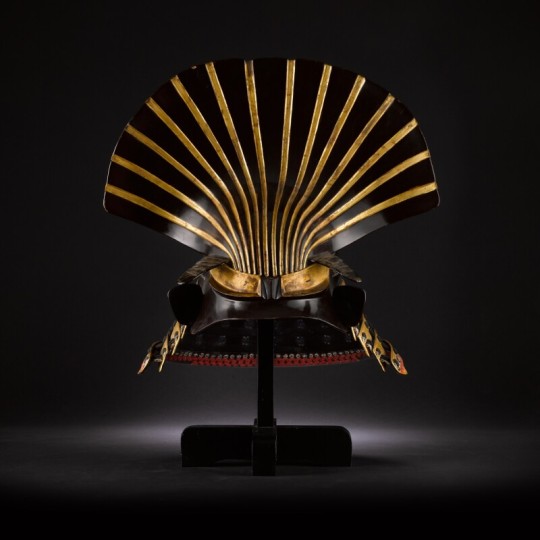
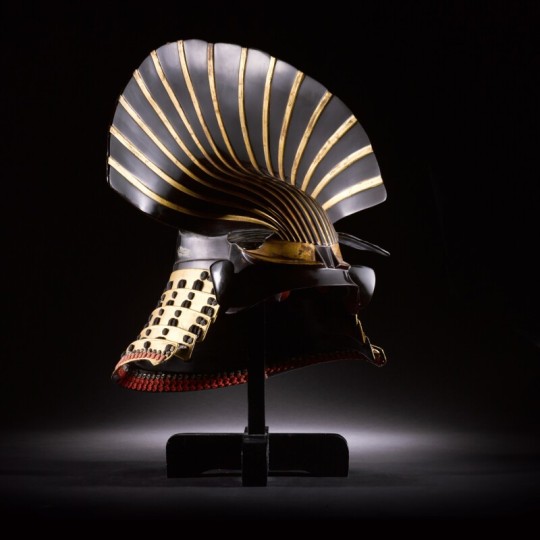
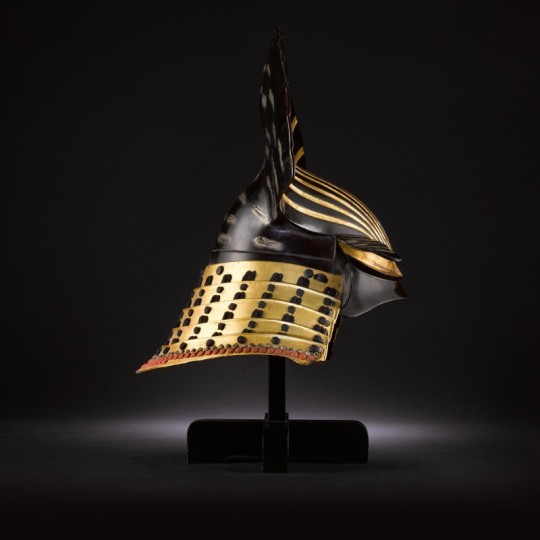
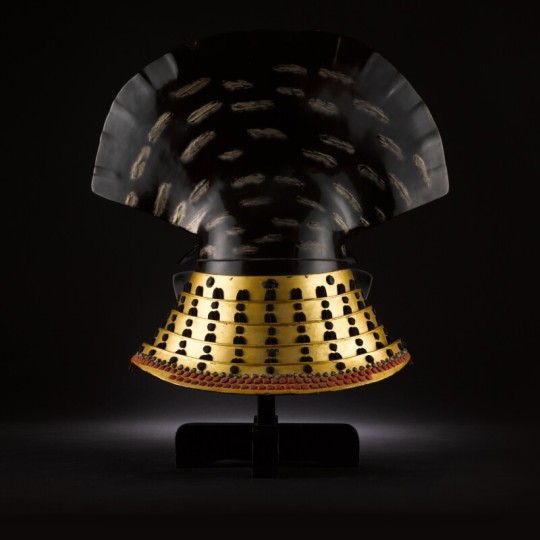
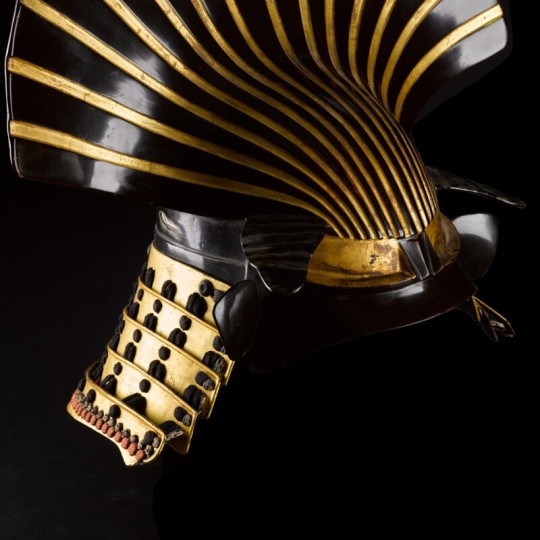
A rare and impressive kawari kabuto [eccentrically-shaped helmet] Edo period, 17th century
#A rare and impressive kawari kabuto#Edo period#17th century#samurai#helmet#ancient artifacts#history#history news#ancient japan#japanese history#japanese art
107 notes
·
View notes
Text

Black Bear Cub, Mori Shūhō, 1799
#art#art history#Asian art#Japan#Japanese art#East Asia#East Asian art#Mori Shūhō#painting#animals in art#bear#bears#black bear#winter scene#snow#ink and color on silk#Edo period#18th century art
3K notes
·
View notes
Text


Samurai's ranks and dress code in Late Edo period
AMAZING reference chart put together by Nadeshico Rin, showing the different attires worn by the men of the buke class in and about Edo Castle. OP stresses the chart is by no means exhaustive - but it helps picturing things SO MUCH!
For easier reading, I have adapted the chart with english translation. Rin has also created illustrations detailing each attire, I'll translate those in coming days under the tag "samurai kimono".
You'll find the transliteration below cut:
The court ranks - Mibun 身分 or Ikai (位階)
Find more about the exact titles here.
一位 Ichii (First court rank)
三位 Sanmi (Third court rank) and 四位 Shii (Fourth court rank)
Goi 五位 (Fifth court rank)
Omemie ijô 御目見 以上, the "upper" vassals allowed to request audience with the shogun
Omemie ika 御目見 以下, the "lesser" vassals (not allowed to request audience with the shogun)
Rin does not mention the second court rank (二位 Nii) so I am not sure where this one is supposed to go ^^;
The clan/families - Kamei 家名
徳川将軍家 Tokugawa shôgunke (Tokugawa Shogun clan)
尾張徳川家 Owari Tokugawake (Owari Tokugawa clan), 紀伊徳川家 Kii Tokugawake (Kii Tokugawa clan), 水戸徳川家 Mito Tokugawake (Mito Tokugawa clan), 徳川御三卿 Tokugawa gosankyo (Secondary Tokugawa branch clans: Tayasu, Shimizu, and Hitotsubashi)
三奉行 Sanbugyô, & 下三奉行 Shimosan bugyô (magistrates, governors)
旗本 Hatamoto (general term for upper-rank vassals of the Tokugawa)
御家人 Gokenin (general term for lower-rank vassals of the Tokugawa)
Outfits TPO (Time, Place, Occasion)
第一礼服 (大礼 など) Daiichi raifuku (tairei nado) - Most formal outfit worn during State/important ceremonies, etc.
礼服 (正月など) Raifuku (Shogatsu nado) - Formal outfit, worn for events like New Year, etc.
通常礼服 (節句など) Tsûjô raifuku (sekku nado) - Regular formal outfit, worn during seasonal festivals, etc.
平服 Heifuku - Everyday outfit
Type of outfits
Rin has released separated charts detailing the different costumes. You'll find them translated here in coming days.
束帯 Sokutai - old ceremonial court dress, first worn by Heian nobility. Attire includes the 笏 shaku (flat ritual sceptre), and 冠 kanmuri hat.
衣冠 Ikan - old ceremonial court dress, much more simpler than sokutai
布衣 Hoi - "plain" 狩衣 kariginu (which were informal clothes worn by the nobility from the Heian period and onwards)
素襖 Suô - ceremonial dress of the lower-ranked samurai
直垂 Hitatare - ceremonial court robe
狩衣 Kariginu - patterned kariginu (informal clothes worn by the nobility from the Heian period and onwards)
大紋 Daimon - 直垂 hitatare with large family crests
直衣 Nôshi - everyday robes which were first worn by males of the imperial family during Heian era, and then spread among nobility, etc.
長上下 Naga Kamishimo - outfit pairing a sleeveless ceremonial robe called 肩衣 kataginu, with trailing pants called 長袴 nagabakama
半上下 Han Kamishimo - outfit pairing a sleeveless ceremonial robe called 肩衣 kataginu, with ankle lenght pants called 半袴 hanbakama
#japan#history#fashion history#samurai kimono#samurai#nadeshico rin#edo era#edo period#shogun#tokugawa#ressources#references#Sokutai#Ikan#Hoi#Suo#Hitatare#Kariginu#Daimon#Noshi#Kamishimo#nagakamishimo#hankamishimo#kataginu#hakama#nagabakama#hanbakama#court rank#buke#warrior class
909 notes
·
View notes
Text






Edo Era woodblock prints by: Suzuki Harunobu, Utagawa Hiroshige, Ohara Shōson, and Hokusai
#suzuki harunobu#utagawa hiroshige#ohara shoson#hokusai#woodblock print#japanese woodblock#ukiyo e#nishiki-e#art#japanese art#japanese history#japanese art history#genre art#art history#color woodblock print#edo period#winter#💮💮#curators on tumblr
297 notes
·
View notes
Text

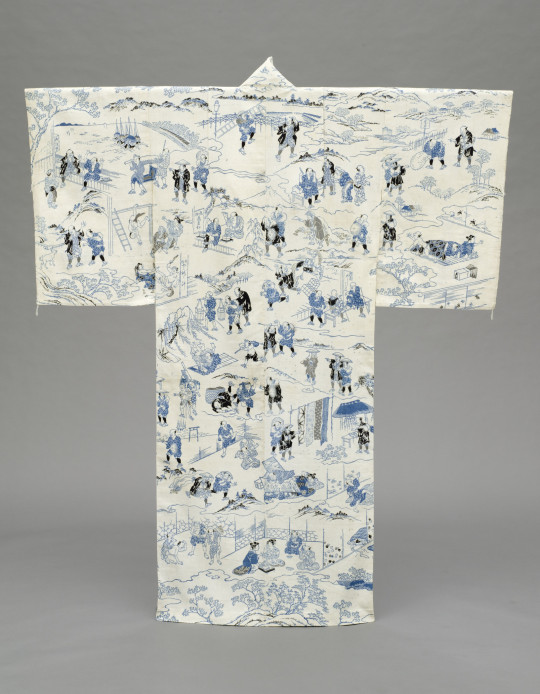
Unlined Summer Kimono (Yukata) with Illustrations from the 1802 novel 'Hizakurige' (Shank's Mare) by Ikku Jipensha
Japan
Early 19th Century (Edo Period)
LACMA (Accession Number: M.2006.37.6)
#kimono#japanese fashion#fashion history#non western fashion#historical fashion#1800s#1810s#edo period#yukata#japan#cotton#blue#white#lacma
556 notes
·
View notes